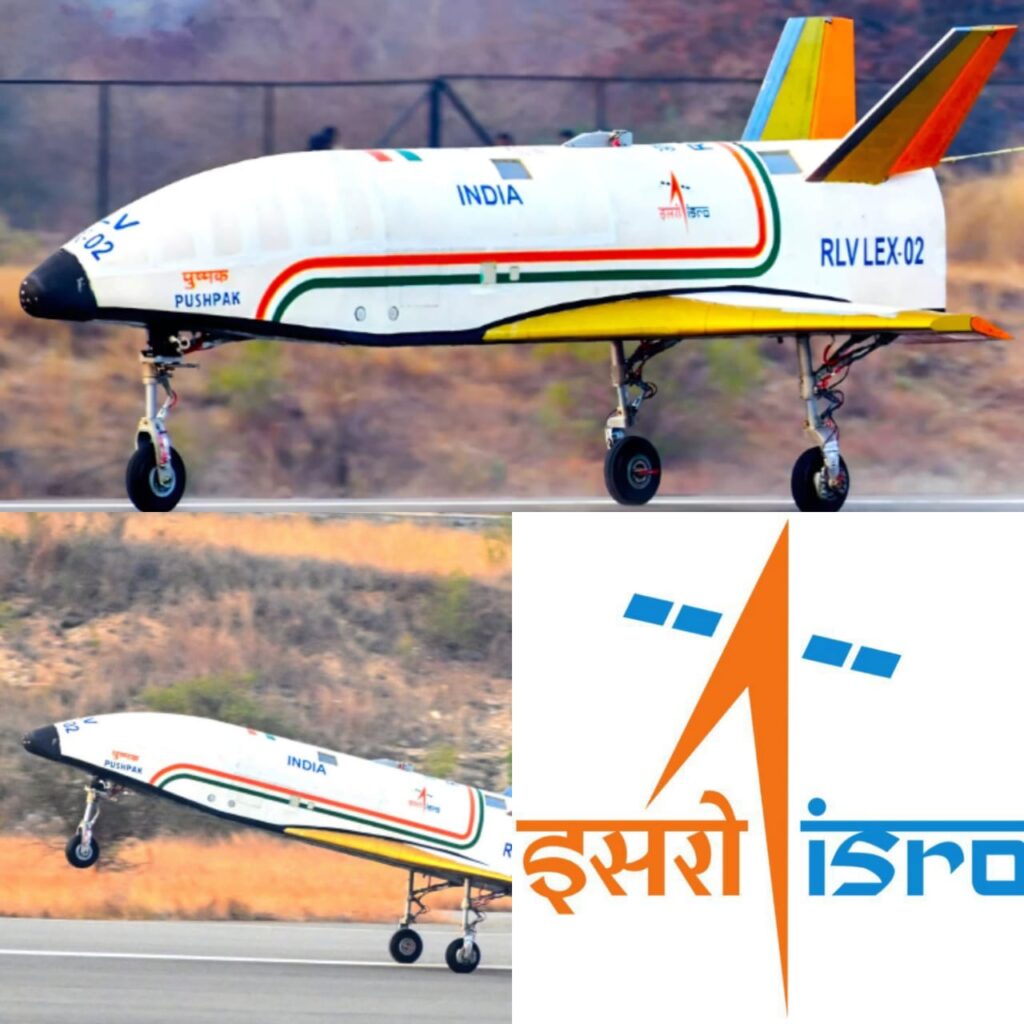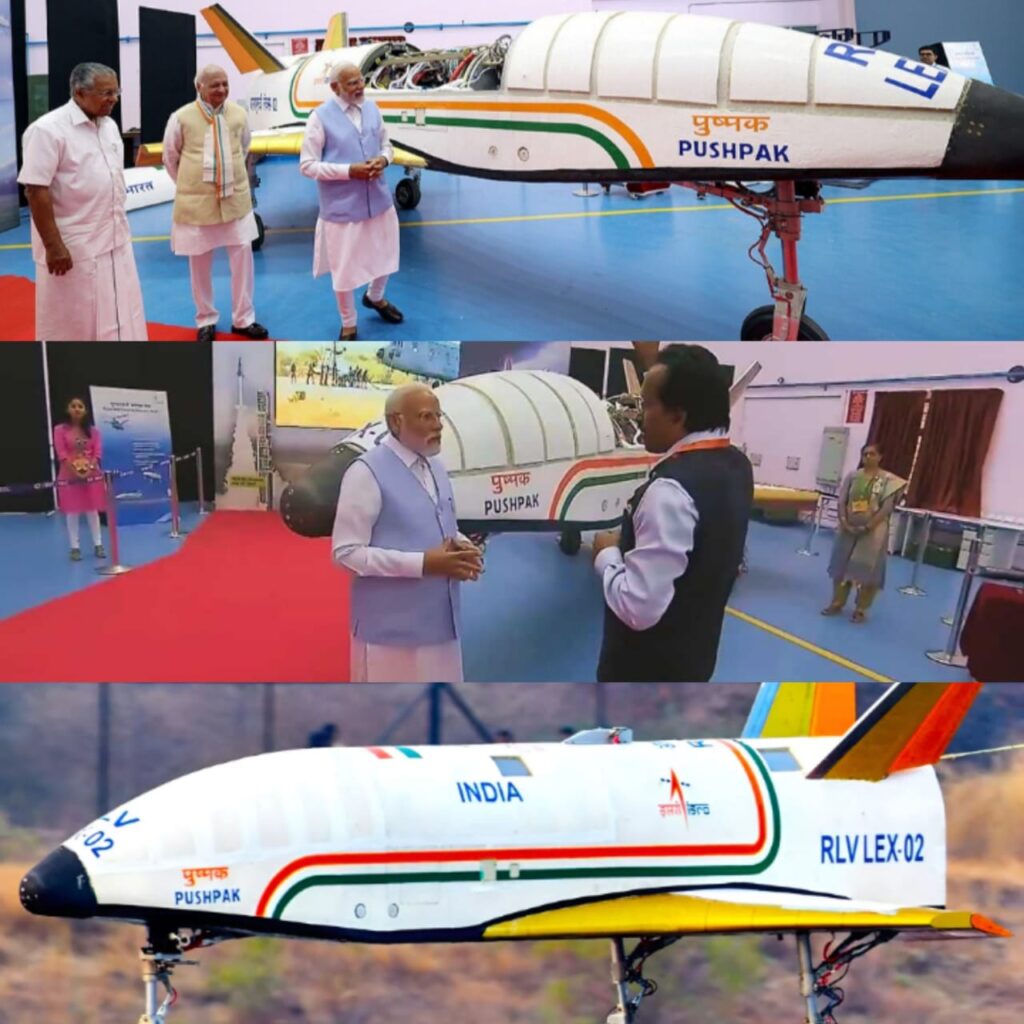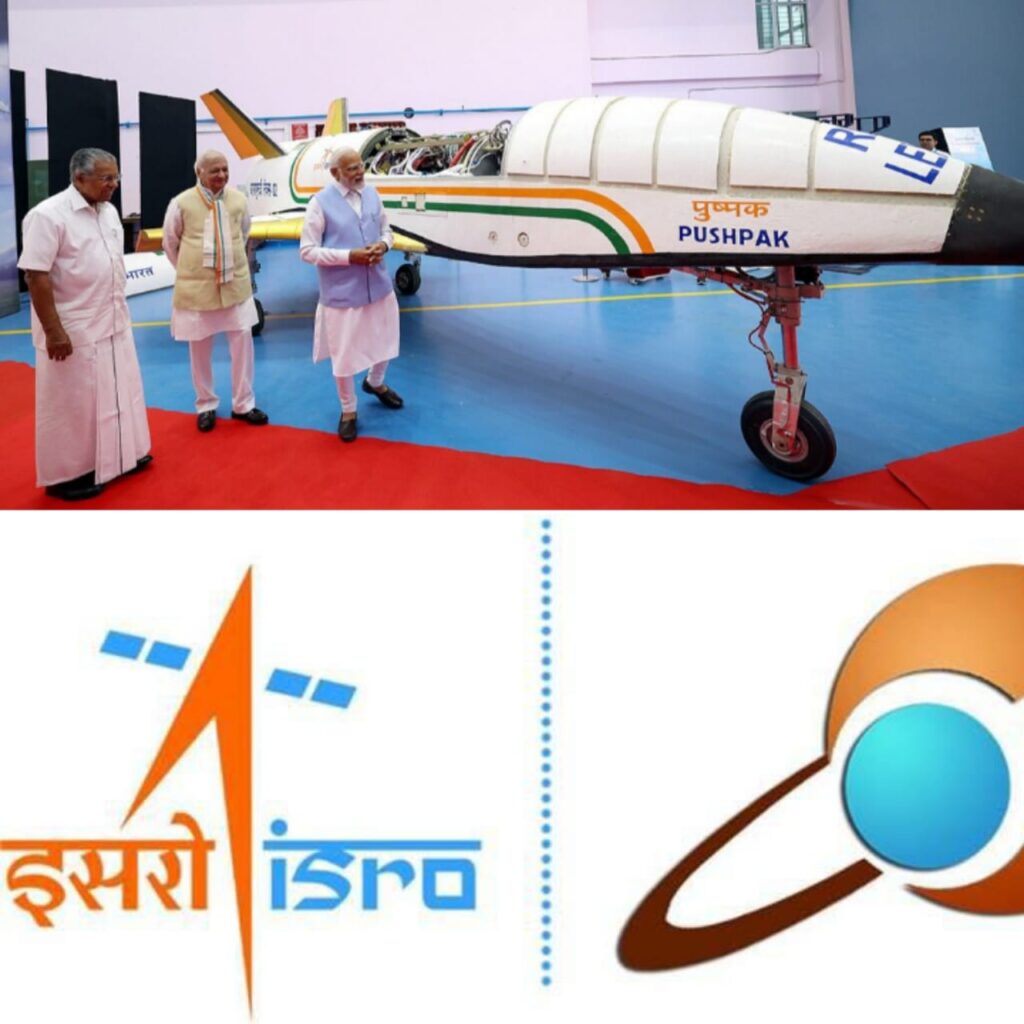

ISRO completes the third and last “Pushpak” reusable launch vehicle landing experiment with success.
This is the third and final test of the series of LEX (03) that was conducted
The Indian Space Research Organisation (ISRO) on June 23 completed the third reusable launch vehicle (RLV) landing experiment (LEX) at the Aeronautical Test Range (ATR) in Chitradurga, Karnataka
On Sunday morning, the winged vehicle, Pushpak, was released from an Indian Air Force Chinook helicopter at an altitude of 4.5 km.
From a release point 4.5 km from the runway, Pushpak automatically performed cross-range correction manoeuvres, approached the runway and made a precise horizontal landing on the runway centreline, ISRO said.
The space agency said, “Due to the low lift-to-drag ratio aerodynamic configuration of this vehicle, the landing velocity was more than 320 kmph, as against 260 kmph for a commercial aircraft and 280 kmph for a normal fighter aircraft. After landing, the vehicle velocity was reduced to about 100 kmph using the brake parachute, after which the landing gear brakes were used to slow down and stop on the runway. During this ground roll phase, Pushpak uses its rudder and nose wheel steering systems to autonomously maintain a stable and precise ground roll along the runway.”
It claimed that by simulating a vehicle’s approach, landing interface, and high-speed landing conditions, this mission validated ISRO’s proficiency in obtaining the most vital technologies needed for the development of a reusable launch vehicle, or RLV.
“Through this mission, advanced guidance algorithms facilitating longitudinal and lateral plane error corrections have been validated, which is essential for future orbital re-entry missions,” the space agency said.
